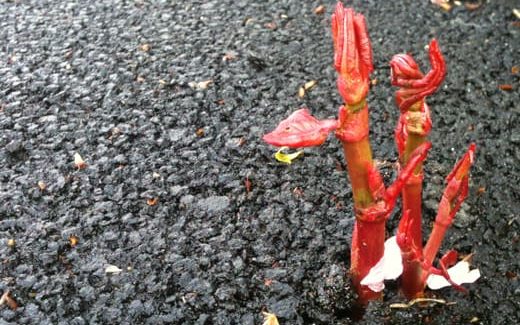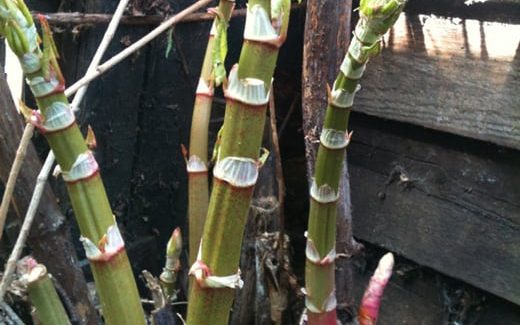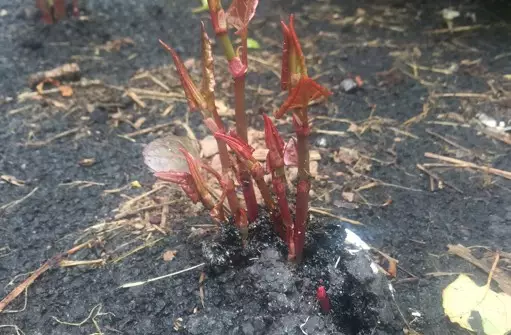Japanese knotweed is a destructive weed which is common throughout the UK, known for its ability to spread rapidly. This particular type of weed can be stubborn to deal with because it resprouts, even after their stems and leaves have been chopped off.
Young Japanese knotweed shoots can easily be confused with other weeds like buckwheat, Lesser knotweed, bindweed, Rhubarb, Asparagus and Himalayan Honeysuckle. While weeds are known to grow where they are not welcome, most can easily be removed. Young Japanese knotweed shoots, on the other hand, require more intensive removal in order to be removed effectively.
If you find shoots and you suspect that it might be young Japanese knotweed, follow these steps.
- First, do not panic; look at the weed and compare it with the images shared below.
- It is highly advisable not to cut down the plant or uproot it.
- Take clear pictures of the plant.
- Submit pictures to a Japanese knotweed specialist.
- Allow a specialist to confirm whether the weed is Japanese knotweed, and to suggest an appropriate action.
As mentioned, Japanese knotweed is not easy to eliminate on your own. You need the help of a specialist to know how to safely eliminate existing Japanese knotweed and to ensure Japanese knotweed does not resprout in future.
Identifying Young Japanese knotweed Shoots
While several shrubs in the UK can look similar to Japanese knotweed, it can be differentiated due to its stems that appear like bamboo, it’s white flowers, and shovel-shaped green leaves. The new leaves are usually dark red, and can measure between 1 and 4 centimeters long. The young leaves can also usually appear greenish with rolled-up dark red veins.

The leaves of this weed usually change with time. As the plant grows, the leaves also take different shapes and colour. First, Japanese knotweeds usually grow new leaves and stems at the beginning of Spring. In April for instance, the knotweed looks like asparagus shoots. The young leaves appear like reddish knotweed crowns which grow rapidly every single day. They can quickly outgrow the surrounding plants within just a few days, growing at a rate of up to 10cm a day.
As the shoots increase in size, they begin sprouting green leaves with distinctive pink veins. Once they mature, they usually begin flowering during the Summer. As autumn approaches, the leaves typically turn brown and yellow before dropping, leaving the stem darkened and dried. These dried stems are known as rhizomes, and they are the ones that produce new growth annually, using the nutrients that they save from earlier seasons.

Young Japanese knotweed usually appears similar to asparagus spears with purple/reddish speckling. The knotweed proliferates as the shoot grows, making the plant have spade-shaped leaves that unfurl from the stems. Young leaves have red-looking veins that later on turn lime green.
The new young leaves can usually range from a few centimeters and spread to several centimeters depending on the strength of the stem and location of growth. For instance, the leaves can be broader and healthier if the plant grows in fertile soil.
Convinced You Have Young Japanese knotweed? Make Use of Our Photo Uploader to Confirm
If you are still unsure whether you have young Japanese knotweed after reading this guide, we recommend seeking help from a professional knotweed specialist which can be done using our survey enquiry form.
A Japanese knotweed specialist will not only be able to confirm whether you have knotweed, but also provide recommendations on the best approach to remove your knotweed and ensure there is no further spreading.
For more information about our Japanese knotweed identification services or to request a survey of your property, please call 0800 389 1911 or contact us online and one of our friendly, professional Japanese knotweed specialists will be in touch with you right away.




